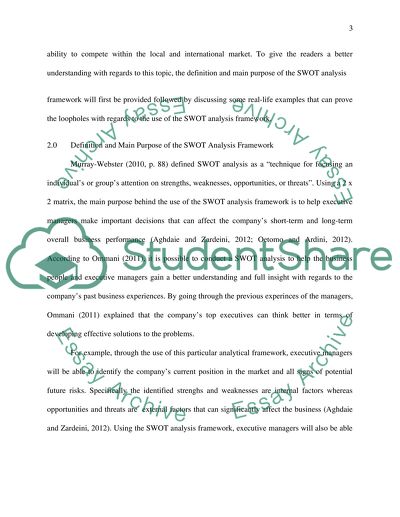Cite this document
(“MARKETING MANAGEMENT Research Paper Example | Topics and Well Written Essays - 3000 words”, n.d.)
Retrieved from https://studentshare.org/marketing/1403711-marketing-management
Retrieved from https://studentshare.org/marketing/1403711-marketing-management
(MARKETING MANAGEMENT Research Paper Example | Topics and Well Written Essays - 3000 Words)
https://studentshare.org/marketing/1403711-marketing-management.
https://studentshare.org/marketing/1403711-marketing-management.
“MARKETING MANAGEMENT Research Paper Example | Topics and Well Written Essays - 3000 Words”, n.d. https://studentshare.org/marketing/1403711-marketing-management.


